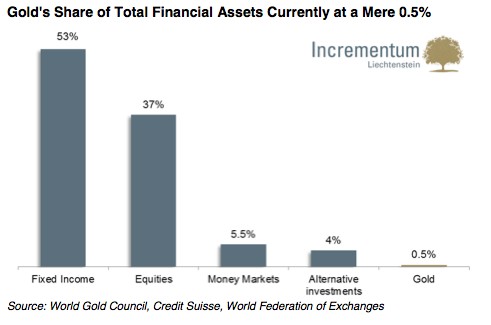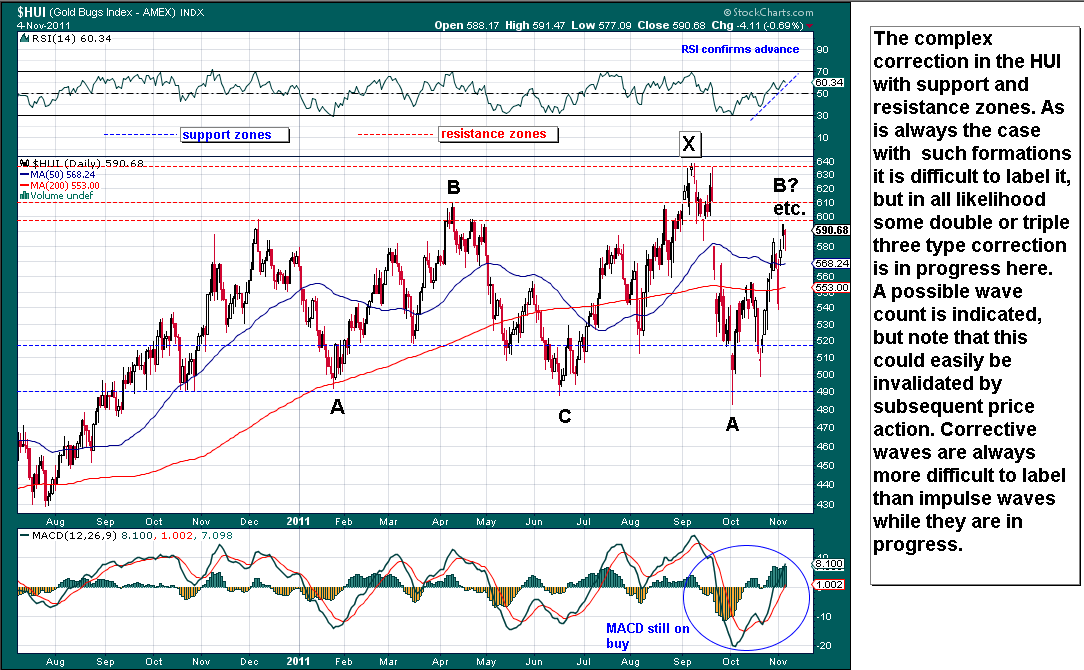Advisors Embracing Alternatives at Faster Clip Newest Rydex Survey Confirms
Post on: 1 Июль, 2015 No Comment

Advocates of alternative investing often point to the market crash of 2008 and 2009 as a good reason to hold more than just stocks, bonds and cash in a portfolio. During that period, being long-only in the three traditional asset classes meant there was practically no way to avoid the damaging effects of increasingly interdependent equity and fixed-income markets that fell simultaneously. More than once in the past dozen years, significant market turbulence has persuaded advisors to at least consider different investment options that could help mitigate risk in volatile market environments.
Alternative investmentsthose outside of stocks, bonds and cashtypically have low correlation to traditional investments, meaning that their movements are generally unrelated to the movements of traditional investments. This low correlation may serve to hedge or help protect traditional portfolios during sideways or down markets. This is because asset classes that are not correlated generally do not move in tandem with each otherso when the market moves down, for instance, these asset classes may not fall as much as the market in general.
Alternative investments have been available for many years, and have been particularly popular with institutional investors (such as pensions and endowments), which have sought them out in an attempt to manage risk, improve diversification and provide more consistent returns. Today, a wider swath of the investing community is finding it easy to invest in alternatives in ways that provide the liquidity and low cost common among more traditional investments.
The annual Rydex|SGI AdvisorBenchmarking survey has been tracking advisors use of alternatives for several years. In its most recent survey, which was conducted in spring 2011, it finds that most (57%) registered investment advisors (RIAs) report they are attracted to alternatives for their ability to diversify a broader portfolio. The majority (83%) of advisors use alternatives in their clients portfolio allocations, with 22% of advisors having at least half their clients invested in alternative investments. Most RIAs surveyed currently advocate using alternatives either for many clients (42%) or for a select few clients (32%).
This positive view of alternatives is echoed by the recent World Wealth Report, produced by Capgemini and Merrill Lynch Wealth Management. The 2011 edition of the report said the allocation to alternatives of assets held by high net worth individuals globally was 5% of all holdings, down slightly from the prior year. The report also showed that commodity investments accounted for 22% of all alternative investments, owing to the rapid rise of the Chinese and Indian economies, which created demand for raw materials. Foreign currency was the second-largest alternative asset held by the high net worth crowd, at 15%, as investors bought currencies of countries where interest rates were higher than those in the recovering economies of the U.S. and Europe.
When investing, it is important to have realistic expectations. While it is tempting to think alternatives will guarantee enhanced results, but this is not necessarily the case. As with any investment, there is the potential for up and down days,
months or even years. Additionally, there is no guarantee that diversifying a portfolio with alternatives will mitigate the risk of experiencing investment loss or assume a profit.
Here are three suggestions to improve basic knowledge and be ready to discuss alternative investments with clients.
Bone up on the basics
AI or Alts, as alternative investments are often called, expand investor choices for targeting, managing and mitigating riskwhich is particularly helpful at a time when many clients are more risk-conscious. Although the roots of alternatives go back to the first hedge funds, today they are widely varied in purpose and structure. Usually classified as either an asset or a strategy:
Alternative assets. also called hard assets or real assets, are tangible items that hold inherent valuethat is, their value is not derived from other sources. Among these are commodities, currencies or real estate.
Alternative strategies are tactics or tools used to create value through investments in traditional and nontraditional asset classes. Some of these are long/short strategies, momentum strategies, managed futures or absolute return (or hedge) strategies.
Many alternative investment providers have education materials available to help advisors understand and better implement such investments in client portfolios. For example, Rydex|SGI maintains an educational site for individual investors at getalts.com and a version for financial professionals at getalts.com/FP.

Keep informed of the new structures available for implementing ALTs
Alternative asset classes and strategies have been used to mitigate various risk exposures in thoughtfully constructed portfolios. Until recent years, advisors needed to rely on private placement vehicles to access the investments, which carried disadvantages in terms of liquidity, transparency and regulatory oversight. The structural problem meant that clients most sensitive to risk were unable to access the potential risk-mitigation benefits of an alternative investment strategy. New, more accessible structures are expanding the choices for implementing the universe of alternative strategies, including traditional mutual funds and exchange traded products.
Become educated about risk management
Many investors continue to focus on return without a complete understanding of the risk taken to achieve it. Advisors can help their clients make more informed investment choices and better tolerate bumpy markets if they know and can
explain more subtle risk gauges and show how an alternative allocation has the potential to improve return for a given level of risk.
Most investors worry more about losing money than how far returns may vary from a mean. However, according to the most recent AdvisorBenchmarking survey, the risk measures most used by advisors typically involve straightforward maximum drawdown or standard deviation, a calculation based on variancewhich does not distinguish between upside and downside moves. Modern risk measures use beta (a measure of how much an investment or portfolio moves relative to the market as a whole) or semi-variance (that is, downside moves only) as a basis for calculating risk, which can help make investors more cognizant of perhaps the most unsettling investing risks. Advisors report they are now more likely to use measures like the Sortino or Treynor ratio to interpret portfolio performance. Understanding these measures and how they are interpreted arms advisors with more useful approaches in discussing performance and ways to add value for clients.
Once only for wealthy, large or sophisticated clients, alternative investments are now available for all investors. By being aware of new structures for alternative investments and educating themselves on how to implement alternatives in portfolios, advisors may be able to diversify traditional portfolios in downward and sideways markets, thus potentially helping to mitigate risk within portfolios. Rather than discussing variance with clients, using alternatives will arm advisors to address investors most pressing concern: losing money.














